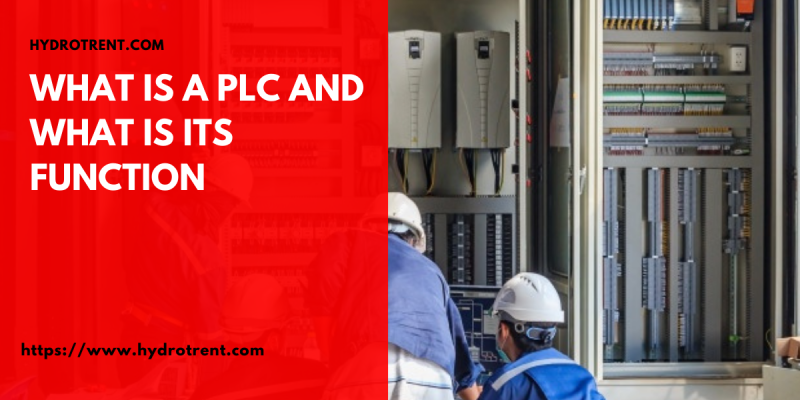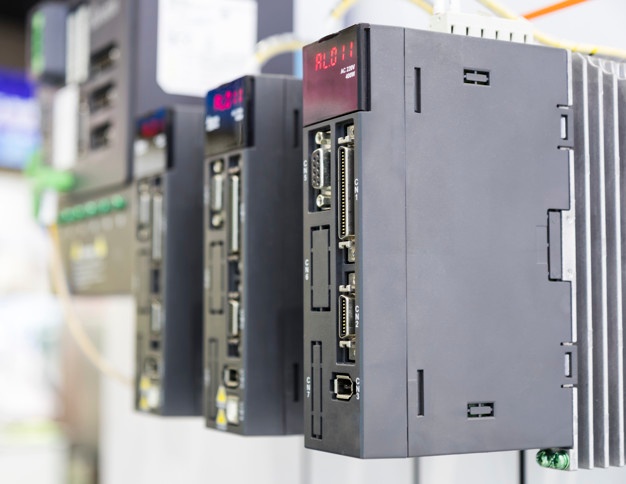What is a PLC?
Based on its name, the concept of Programmable Logic Controller is as follows:
- Programmable, shows the ability to save a program that has been created into memory, which can easily change its function or use.
- Logic shows the ability to process inputs arithmetically and logically (ALU), that is, perform operations to compare, sum, multiply, divide, subtract, negate, AND, OR, and so on.
- Controller, shows the ability to control and manage the process so as to produce the desired output.
Uses and Functions of PLC
The functions and uses of PLC can be said to be almost unlimited. But in practice it can be divided into general and specific.
General Functions
In general the functions of the PLC are as follows:
1. Sequential Control
Processing binary signal input into output used for the purpose of sequential (sequential) technical processing, here PLC ensures that all steps / steps in the sequential process take place in the correct order.
2. Monitoring Plant
Monitor a system (e.g. temperature, pressure, altitude) and take the necessary actions in relation to the controlled process (e.g. the value is exceeded) or display the message to the operator.
Special Functions
In particular, PLC has a function as an input (input) to CNC (Computerized Numerical Control) for the purpose of further processing.
CNCs have higher precision and are more expensive compared to PLCs.
This device, usually used for finishing processes, forming workpieces, molding and so on.
For more information about Scada System Integration Malaysia please visit https://www.hydrotrent.com



